Celebrations and Recognitions
January
Poverty Awareness Month – This is a month-long initiative to increase awareness as well as call attention to the steady growth of poverty in the United States.
Third Monday of January – Martin Luther King Jr. Day
Dr. Martin Luther King Jr. had a dream that individuals within the United States would be judged according to their personalities and qualities rather than the color of their skin. King was famous for his contributions to the civil rights movement as well as his nonviolent campaign against racism.
Varying 15-day celebration between January and February – Chinese New Year
- This holiday is often seen as a family time to honor households and ancestors.
- Dragons are present in many Chinese cultural celebrations as the Chinese people often think of themselves as descendants of the dragon.
- Red envelopes; “hong bao,” filled with money are given to children or unmarried, unemployed adults.
- The color red denotes good luck, fortune and happiness/abundance.
February
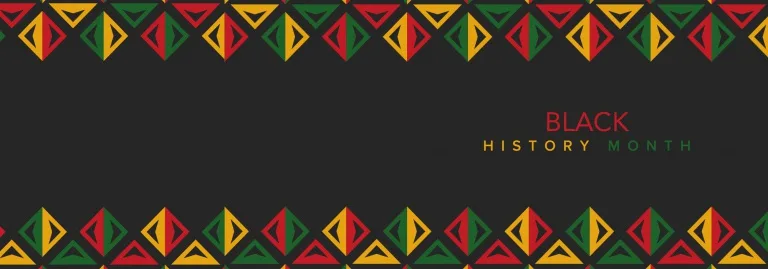
Black History Month – This month we honor the rich history, culture and accomplishments of Black and African American people as well as celebrating the adversities they have overcome and recognizing the challenges they still face.
Ramadan – Taking place during the ninth month of the Islamic lunar calendar, Ramadan is the Islamic holy month of fasting.
This is seen as an opportunity for them to practice patience, spirituality, humility and self-discipline.
March
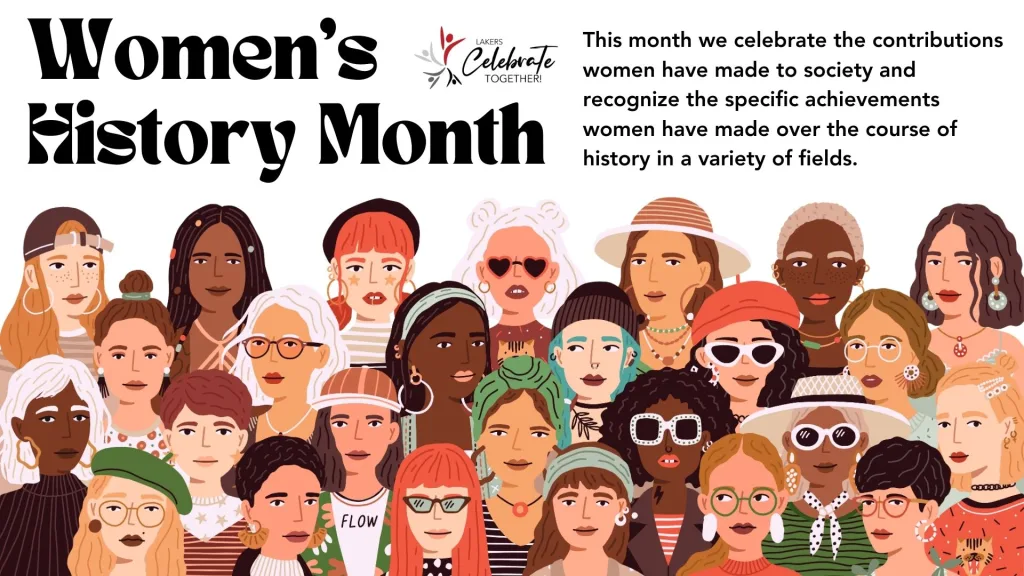
Women’s History Month – This month we celebrate the many women who have played pivotal roles throughout history and their contributions to our culture and society.
April
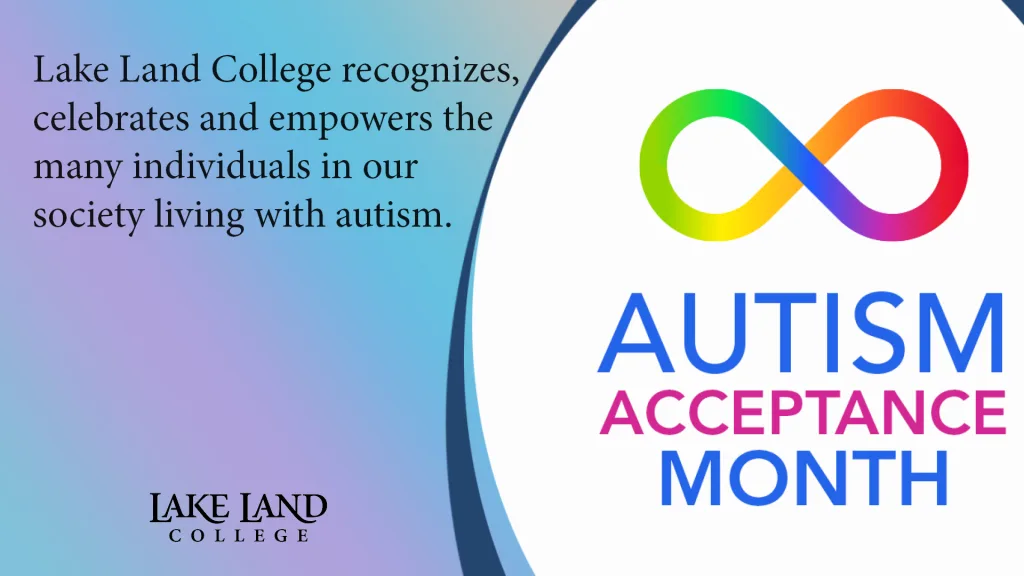
Autism Acceptance Month – This month we join The Autism Society to #CelebrateDifferences of the many individuals in our society living with Autism by celebrating Autism Acceptance Month.
Sexual Assault Awareness Month – Sexual Assault Awareness Month (SAAM) is a time for survivors, advocates, and allies to come together, spread awareness, and promote the prevention of sexual violence.
May

Mental Health Awareness – This month we celebrate and support those living with mental or behavioral health issues in an effort to help reduce the stigma surrounding many people living with these challenges.
June
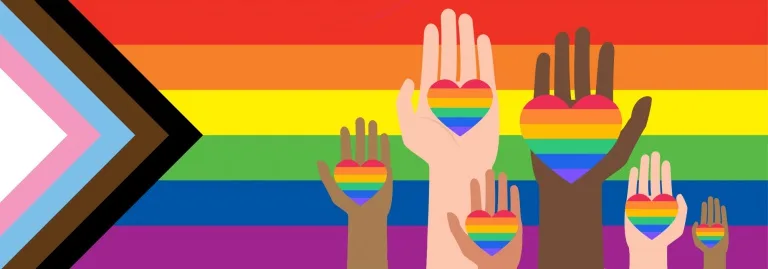
LGBTQIA+ PRIDE Month – We recognize the history and continued effort to raise awareness and inclusivity for the LGBTQIA+ community, including the students, staff, allies and other community members who make up our diverse and supportive Laker community!
June 19th – Juneteenth
Also known as Freedom Day, Jubilee Day, Liberation Day and Emancipation Day, Juneteenth is celebrated each year as a day to honor the culture, lives and accomplishments of the Black community and celebrate this liberation from slavery.
September
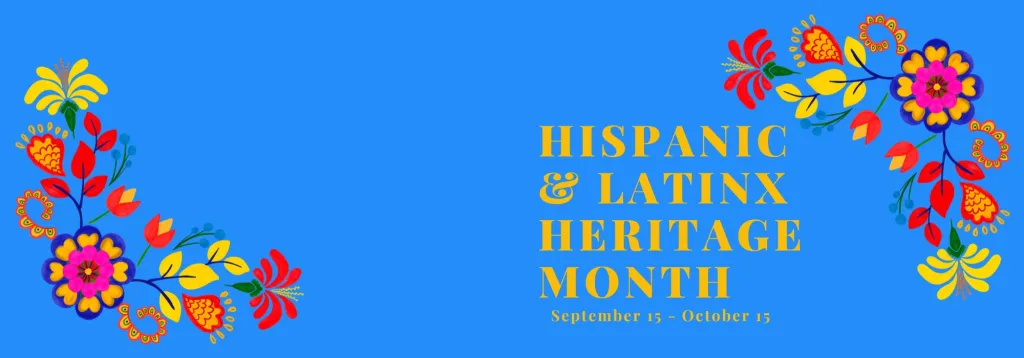
Hispanic & Latinx Heritage Month – Each year, we recognize National Hispanic & Latine Heritage Month from September 15 to October 15. This celebration honors the histories, cultures and contributions of those with heritage rooted in any and all Latin American countries.
National Recovery Month – This is a time to support those struggling with addiction or substance use and to commit to helping prevent these situations by providing those in recovery with resources they need to live healthy and successful lives.
October
LGBTQIA+ History Month – We recognize and celebrate the achievements, resilience and determination of the LGBTQIA+ community!
Second Monday in October – Indigenous Peoples Day
Many schools, cities and even states across the country have made the shift to celebrating Indigenous Peoples Day in place of Columbus Day due to Columbus’s abhorrent actions against the Indigenous peoples he encountered upon his arrival in South America (which he believed to be India, thus the incorrect term “Indians” that has been misused to describe Indigenous peoples).
November
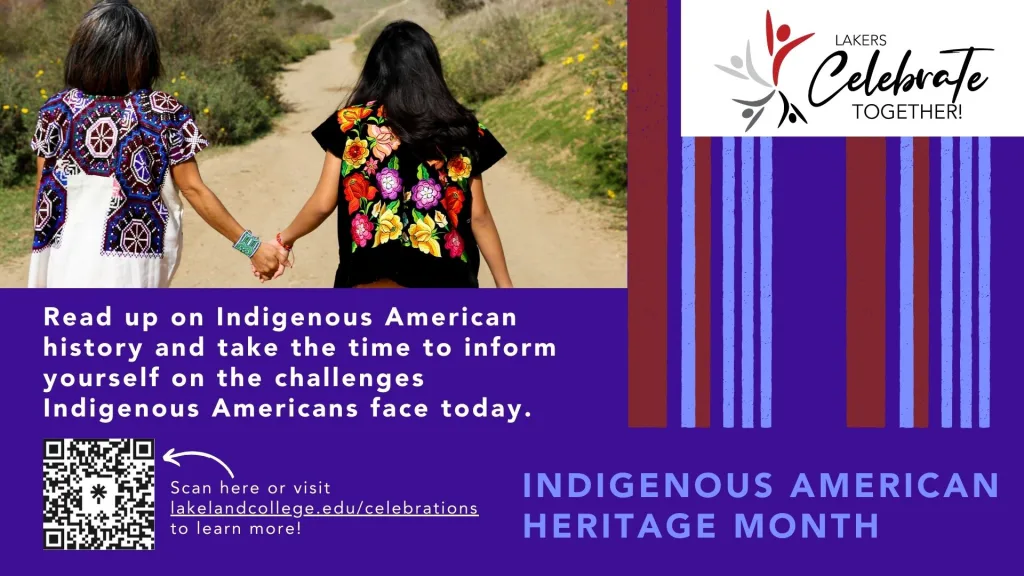
Indigenous American Heritage Month – This month we honor the rich history, culture and contributions that those Indigenous to the land on which we live have made.
Darkest day of the lunar month (November) – Diwali: Festival of Lights
- Diwali, or Dipawali, is India’s biggest and most important holiday of the year.
- The festival gets its name from the row (avali) of clay lamps (or deepa) that Indian people light outside their homes to symbolize the inner light that protects us from spiritual darkness.
- Indian people celebrate with family gatherings, glittering clay lamps, festive fireworks, strings of electric lights, bonfires, flowers, sharing of sweets and worship to Lakshimi.
- Over the centuries, Diwali has become a national festival that is enjoyed by most Indian people regardless of their faith: Hindu, Jain, Buddhist or Sikh.
December
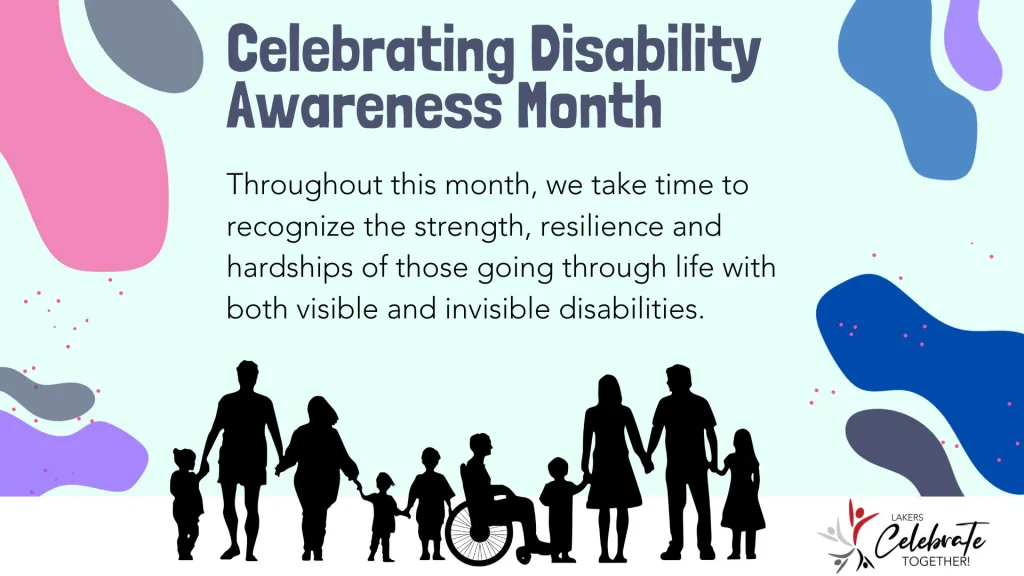
Disability Awareness Month – We take time to recognize the strength, resilience and hardships of those going through life with both visible and invisible disabilities.
Twenty-fifth day of the Jewish month of Kislev (December) – Hanukkah
- Hanukkah is a commemoration of when the Jewish people regained control of Jerusalem from the invading Syrian-Greek empire and rededicated the Holy Temple with holy oil.
- Though there was only enough oil for one day, the oil miraculously lasted eight days. The Jewish people celebrate this miracle by lighting a menorah or “hanukkiyah.”
- This 8-day celebration varies each year between late November and late December, and “Hanukkah” literally means “to dedicate.”
- Since Hanukkah is a celebration of a miracle of oil, it is traditional to eat fried foods during the holiday.
December 16-24 – Las Posadas
- Las Posadas is a religious festival celebrated in Mexico and some parts of the United States. Each evening, a small child dressed as an angel leads a procession through the streets of the town. Children dressed in silver and gold robes carry lit candles and images of Mary and Joseph riding a donkey.
- The procession visits selected homes to ask for lodging for Joseph and Mary. Traditionally, the procession is always refused lodging, though the hosts often provide refreshments.
- Mass is held each day after the procession, and, at the conclusion of the service, children break open star-shaped piñatas filled with candy, toys and, occasionally, money.
Longest night of the year (December) – Winter Solstice
- Winter Solstice occurs in mid-December, and the actual date varies from year to year.
- The holiday celebrates the birth of the new Solar year and the beginning of Winter.
- Popular colors for this holiday are red, green and white as this is a festival of inner renewal.
- Many celebrate this holiday by visiting family or friends to strengthen bonds and/or exchange gifts and greetings.
- Many also decorate their homes with lights, greens and holiday colors.
- Another tradition is blessing one’s home with a Yule wreath on the front door and sprigs of mistletoe inside the home.
December 25 – Yule
- Yule (sometimes referred to as “Yuletide”) is a winter festival observed as a “peaceful and fertile season” by some Northern European peoples and Anglosphereans as well as various other peoples around the world.
- Many of the traditions surrounding the celebration of Christmas can be traced back to practices in the observance of Yule.
- Historically, the festival was celebrated from late December to early January, however since the Julian calendar was adopted, it has been placed on December 25.
- Traditions such as the Yule log, caroling, tree decorating and gift giving can all be traced back to Yuletide customs.
December 25 – Christmas
- Christmas is a Christian holiday celebrating the birth of Jesus Christ and has been observed as an official federal holiday since 1870.
- Popular modern customs of the holiday include gift-giving, music, an exchange of Christmas cards, church celebrations and the display of various decorations.
- These decorations can include; Christmas trees, lights, garlands, mistletoe, nativity scenes and holly.
- Christmas marks the beginning of the larger season of Christmastide, which lasts 12 days, after which the popular Christmas song “The 12 Days of Christmas” was named.
- The 12-day celebration ends with the celebration of the coming of the Three Wise Men on January 6th, also known as the Epiphany or Three Kings Day.
December 26 – January 1 – Kwanzaa
- Kwanzaa is an annual celebration of African-American culture culminating in a communal feast called Karamu, usually on the sixth day.
- The holiday was initiated by activist Maulana Karenga, based on African harvest festival traditions from various parts of West and Southeast Africa.
- Kwanzaa celebrates what its founder called the seven principles of Kwanzaa, or Nguzo Saba.These seven principles are all Swahili words, and together comprise the Kawaida or “common” philosophy:
- Umoja (Unity)
- Kujichagulia (Self-Determination)
- Ujima (Collective work and responsibility)
- Ujamaa (Cooperative Economics)
- Nia (Purpose)
- Kuumba (Creativity)
- Imani (Faith)